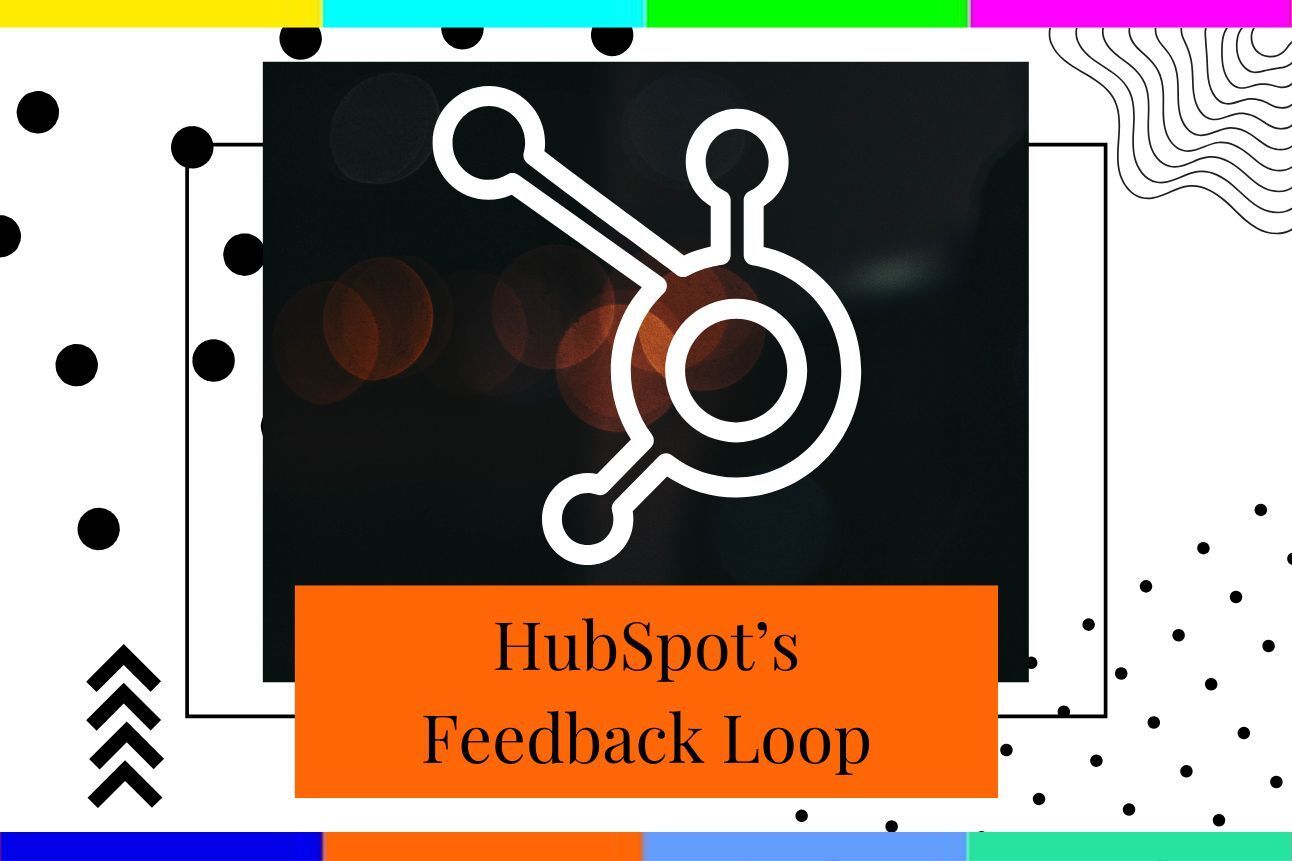Where Does Trust Truly Happen?

We talk about funnels as linear paths - awareness, consideration, conversion. But humans don’t move in straight lines. They move through waves of curiosity, doubt, and trust. This week, we’ll unpack how sentiment shifts across the funnel and how your emails can guide trust at each stage without forcing it.
Here’s the idea: The emotional funnel: how trust really builds
Each stage of the funnel represents a psychological shift, not just a marketing handoff. Top of funnel (TOF) is curiosity; middle of funnel (MOF) is credibility; bottom of funnel (BOF) is confidence. According to Edelman’s 2024 Trust Barometer, 81% of consumers need to trust a brand before they’ll consider buying. That means your funnel isn’t just about moving traffic - it’s about managing sentiment. When your messaging aligns with what people feel at each stage, conversion follows naturally.

Teardown
What Works:
Airbnb’s “Belong Anywhere” campaign is a case study in emotional progression. Early-stage content built curiosity through storytelling, while later emails showed safety cues, reviews, and host transparency. Trust rose in parallel with conversion, supporting Airbnb’s recovery to over 400 million nights booked in 2024.
What Fails:
A 2023 Gartner study found that brands using identical messaging across funnel stages saw 17% lower purchase intent. Customers at the bottom felt “sold to,” not supported, because the tone never evolved from awareness mode.
Why:
People need different kinds of trust at different points. At the top, they trust your message. In the middle, they trust your expertise. At the bottom, they trust your promise.

Framework
Things to Consider:
Map emotion to each funnel stage, not just metrics.
Adjust your tone from curious to confident to caring.
Use progressive proof: social validation early, credibility mid-funnel, reliability and guarantees at the bottom.
Decision Path:
TOF – Curiosity: Build trust through transparency and shared values.
MOF – Competence: Show evidence, expertise, and social proof.
BOF – Confidence: Reassure with clarity, guarantees, and identity alignment.
Trade-Offs:
Overemphasizing proof too early can sound defensive. Overusing emotion at the end can feel insincere. The balance shifts as trust matures.

Outcome Focus
Human: Trust grows when people feel seen, safe, and smart.
Business: Funnels that match sentiment at each stage reduce friction, increase retention, and generate stronger referral loops.

Measurement Prompts
Are you measuring emotional sentiment or just engagement?
Where in your funnel does trust seem to drop (low replies, unsubscribes, refund requests)?
Does your tone evolve with the audience’s emotional state?
Metrics:
Sentiment analysis from replies or surveys
Stage-to-stage conversion rate
Trust proxy metrics (NPS, review volume, social engagement quality)

Ethics Check
Trust is earned through honesty. Avoid emotional manipulation disguised as storytelling. If a message creates urgency or fear, make sure it also offers context and consent.

Reflect and Apply
What emotion are your current emails evoking at each stage?
Does your automation logic account for trust maturity, not just clicks?
How can you use transparency as a trust-building lever, not a compliance requirement?
How 1,500+ Marketers Are Using AI to Move Faster in 2025
Is your team using AI like the leaders—or still stuck experimenting?
Masters in Marketing’s AI Trends Report breaks down how top marketers are using tools like ChatGPT, Claude, and Breeze to scale content, personalize outreach, and drive real results.
Inside the report, you’ll discover:
What AI use cases are delivering the strongest ROI today
How high-performing teams are integrating AI into workflows
The biggest blockers slowing others down—and how to avoid them
A 2025 action plan to upgrade your own AI strategy
Download the report. Free when you subscribe to the Masters in Marketing newsletter.
Learn what’s working now, and what’s next.
Tip of the Week
Before sending any funnel email, ask: “Would this message still feel true if someone forwarded it to a friend?” That’s a trust filter worth using.
Practical Focus
Focus on Customer Values
Patagonia’s “Don’t Buy This Jacket” campaign rewired the funnel. Instead of shouting at the top, Patagonia built long-term trust by aligning with customer values - sustainability over consumption. The result? Record sales and a surge in loyalty. Trust isn’t a stage. It’s the strategy.
What’s Happening in the World?
CASL Spam News

According to HubSpot’s 2025 Customer Connection Report, customers now expect two-way relationships at every funnel stage. Brands using feedback loops - letting subscribers reply, rate, or react to emails - saw 2.3× higher engagement. Passive funnels are dying. Interactive ones are thriving.
A Final Note
People Don’t Move Because It’s a Funnel
Funnels don’t move people - trust does. Every click is a confidence test, and every stage is a new emotional contract. The smarter your funnel, the more human it feels.

Funnels don’t move people - trust does. Every click is a confidence test, and every stage is a new emotional contract. The smarter your funnel, the more human it feels.
And remember: every funnel leaks a little - just make sure it’s not your empathy dripping out.
Until next Tuesday,

Practical marketing psychology for email and lifecycle.
Ships every Tuesday.

